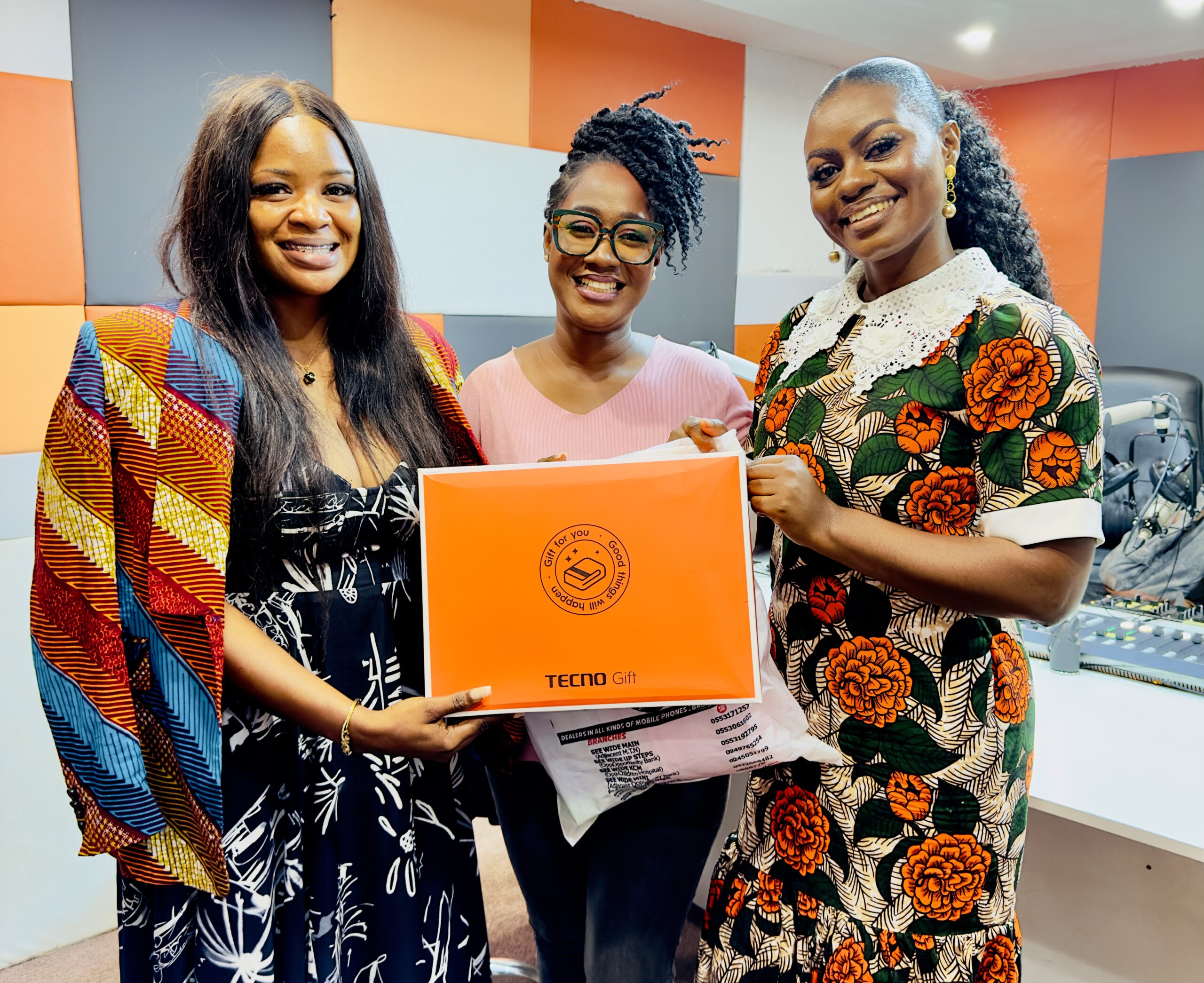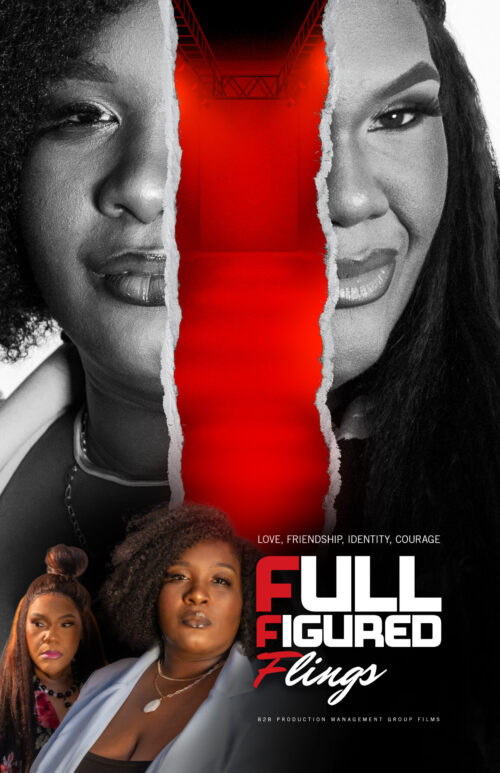We Speak Actors
Establish Yourself Before Considering Relationship With Men – Former Actress Josephine Konadu to young ladies

Former Ghanaian Actress and CEO of Yan Spa GH, Ms Josephine Konadu, recently spoke with radio personality Abena Kay on YFM 102.5’s PINK show. She shared her life journey, highlighting the challenges she faced in achieving her goals.
Josephine, addressing unmarried young ladies stressed the importance of building a life before considering relationships with men. She encouraged ladies to focus on developing their careers and lives, emphasizing that this is crucial for making wise choices in relationships. Josephine warned that without self-establishment, choosing a partner based on other reasons may have negative consequences later in life.
On the Episode 3 of the PINK show, Josephine’s advice to ladies stood out as one of the best.
The show, hosted by Abena Kay, showcases inspiring stories of accomplished women every Wednesday at 6 pm live on YFM 102.5 in Kumasi.
The show is produced by Abena Dapaah of Ghana Most Beautiful 2020 edition.
At the end of the show, the guest for the episode 3 , Josephine Konadu received eye-catching gifts from the main sponsor SEEWIDE PHONES and his associates from TECHNO, INFINIX and ITEL.
SkBeatz Records, the official blogger for PINK, captured motivating clips from the show on Instagram.Do well not to miss the upcoming episode!
Photo credit: Skbeatz Records
We Speak Actors
Full-Figured Flings Teaser Nears 14K Views – Director of Photography Offers Special Father’s Day Release

Back 2 the Basics Production Management Group is proud to announce the official teaser premiere for FFF: Full-Figured Flings, a bold and unapologetic new film celebrating full-figured women and challenging the norms of beauty in Hollywood. Clocking in at just 46 seconds, the teaser doesn’t waste a moment, delivering a powerful visual and emotional punch that sets the tone for a project rooted in body positivity, size inclusivity, and cultural truth.
Premiering ahead of the 20th anniversary of Phat Girlz (2006), FFF serves as both homage and evolution. The film expands the conversation around colorism, sizeism, and shapeism, spotlighting women who have often been cast aside, sidelined, or silenced.

“This teaser is more than a preview—it’s a declaration,” said Lillie Mae Jones, creator and producer. “FFF is our love letter to the women who’ve never been centered but have always been essential. We’re not just telling stories—we’re shifting the lens.”
FFF: Full-Figured Flings is currently in development as a non-union independent production, with plans to release in 2026. The film invites audiences and allies to follow, support, and amplify the message through community engagement, open casting calls, and creative collaborations—including the launch of a nationwide call for a “Big Girl Anthem” to serve as the film’s official theme song.


Accept the Challenge…
The buzz is building fast around the highly anticipated full-figured fashion experience FFF, and now there’s a challenge on the table that fans won’t want to miss.
After racking up 11,000 views in less than 10 days, the official teaser video for FFF on YouTube is quickly gaining momentum. And now, the film’s Director of Photography, Dominique Perry, has thrown down a bold offer:
“If we hit 20,000 views before Saturday, June 14th, I’ll drop an exclusive second teaser on Father’s Day.”
This is more than a film—it’s a movement. FFF is a high-fashion, high-impact visual celebration of full-figured women taking a stand for representation, inclusion, and power on and off the runway.
Here’s how you can help make it happen: Watch the teaser now on YouTube. Like, comment, and subscribe. Share it with your community and post why YOU stand in solidarity with full-figured women
Watch here for a taste of the boldness, beauty, and energy
-

 We Speak Volleyball1 week ago
We Speak Volleyball1 week agoBuilt for the Pressure, Wired to Compete: Loretta Duby’s Passionate Pursuit of Purpose Through Volleyball
-

 We Speak Soccer4 days ago
We Speak Soccer4 days agoNo Entry Allowed: How Austin Fortner Is Becoming a Standout Keeper with Confidence and Control
-

 We Speak Football5 days ago
We Speak Football5 days agoFrom Snap to Touchdown: How Niah Reyes Plays the Game with Heart and Hustle
-

 We Speak Coaches7 days ago
We Speak Coaches7 days agoCoach of Culture, Heart of a Movement: The Extraordinary Journey of Daniel Moore, Pioneer of Women’s Flag Football and Builder of Young Lives





















